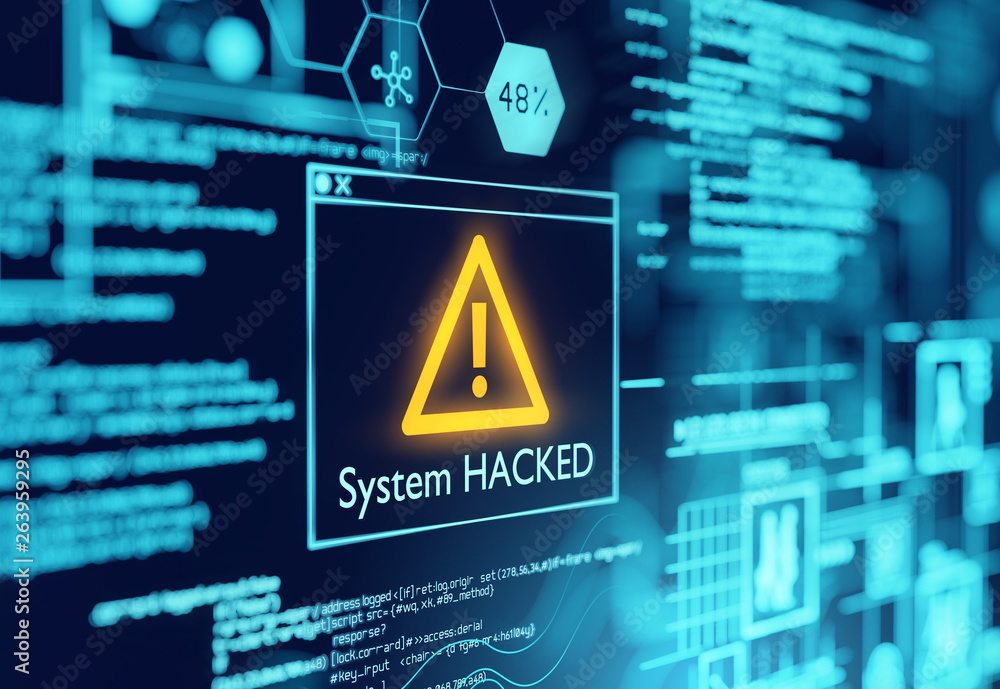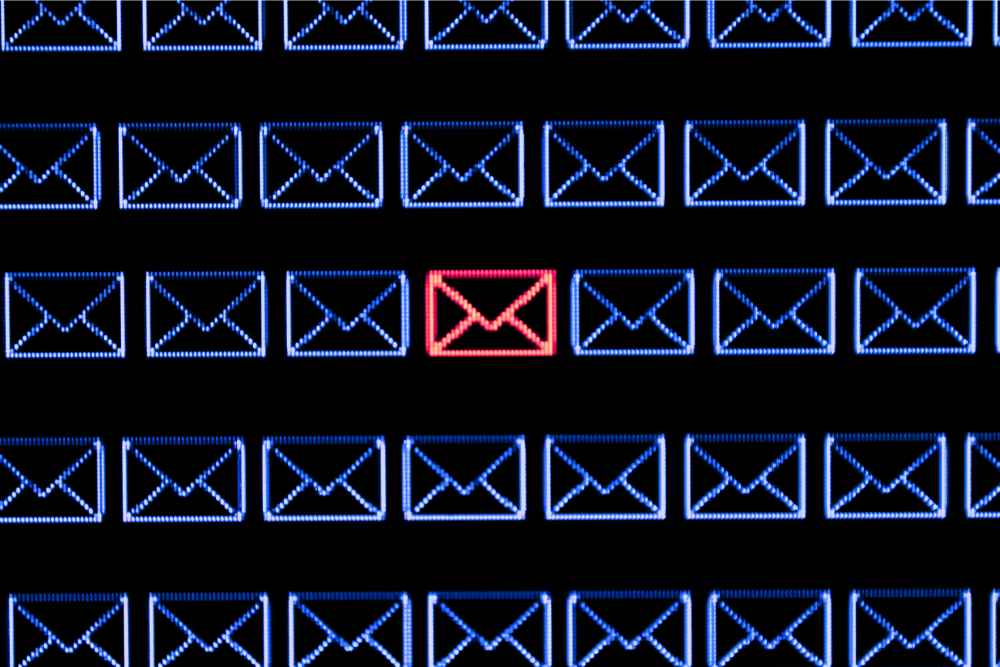
In early July, it was revealed that a hacker group had gained access to sensitive areas within Microsoft's Azure platform, including access to mailboxes delivered from the cloud as part of the Microsoft 365 (M365) offering.
Leaving aside the political background, the question is how to effectively minimize risks when using cloud resources.
The concept of "zero trust" is becoming increasingly relevant in this regard. The implementation of end-to-end encryption for emails on Microsoft 365 is becoming an indispensable protection mechanism.
Zero Trust is a security model based on the principle that no actor in the network - internal or external - should be blindly trusted.
Simply put, it assumes that threats can come from outside as well as inside. Therefore, all access requests should be constantly checked and validated, regardless of their origin.
Microsoft 365 offers the option of end-to-end encryption for emails. This means that the email content is encrypted by the sender and only decrypted at the recipient's end. While in transit, whether on a server or across networks, the email remains encrypted. Even if someone gains access to the email while it is on a server or in transit, they cannot read it without the appropriate key.
However, it must be pointed out that the option offered by Microsoft does not represent end-to-end encryption in the true sense: the different variants always involve certificate chains.
This means that trust must be placed in the hands of third parties or central systems.
Imagine if attackers managed to penetrate Microsoft's infrastructure. If emails are not properly encrypted, these attackers may be able to gain access to the contents of sensitive corporate information. With end-to-end encryption, however, email content is unreadable to attackers. Even if they physically "get their hands" on the data, they would not be able to access it without the decryption key.
Combined with the Zero Trust model, which involves constant checks and does not assume that internal systems are more secure than external ones, a solid protection mechanism is created. This is especially true if central trust anchors are used since these represent an additional vulnerability. Even if attackers penetrate part of the system, constant checks and validations make it more difficult for them to move freely or gain access to valuable data.
In a world where cyberattacks are becoming increasingly sophisticated, it is essential to protect yourself with the best security mechanisms available.
While options offered out-of-the-box by Microsoft 365 do not address the problem at its core, a Zero Trust solution combined with end-to-end email encryption provides a robust protection mechanism against potential threats.

Cyber incidents, like theft of confidential intellectual property (think research data and patents), are...

Do you think you’d know the difference between your actual boss and an AI fake version on a video call? ...

In the rapidly evolving landscape of cybersecurity, marked by constant advancements and evolving threats...

In this fast-paced digital landscape, where information flows seamlessly, intellectual property (IP), in...